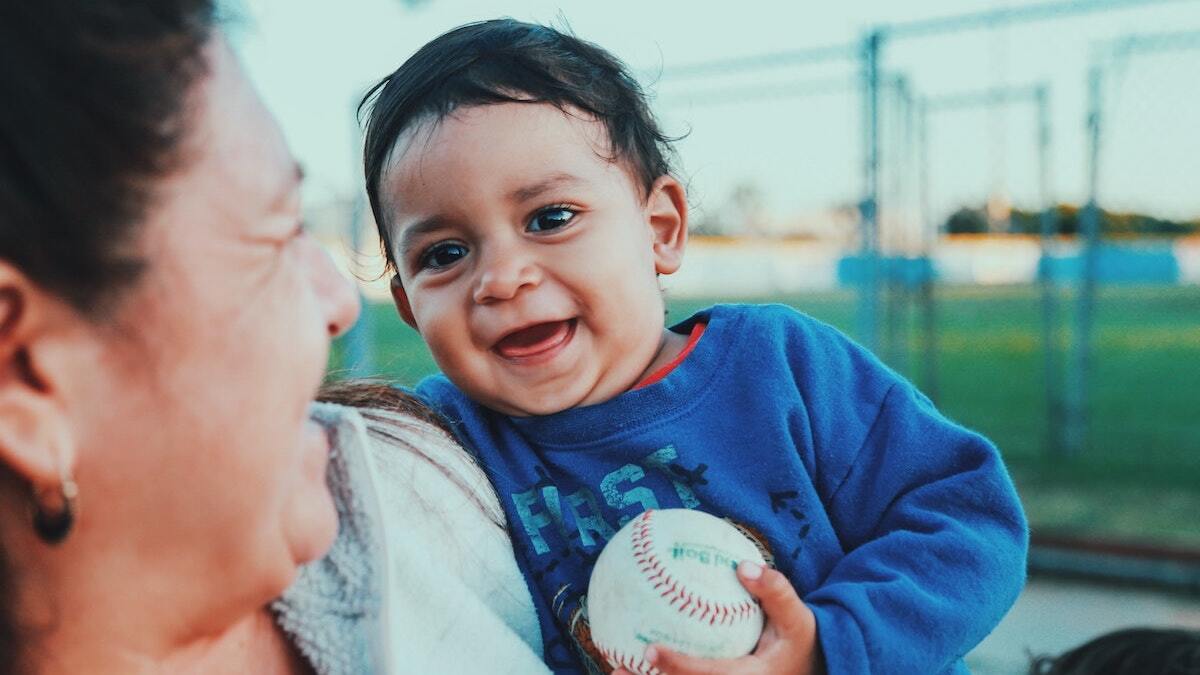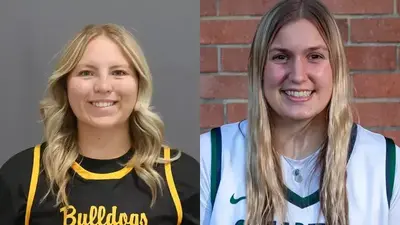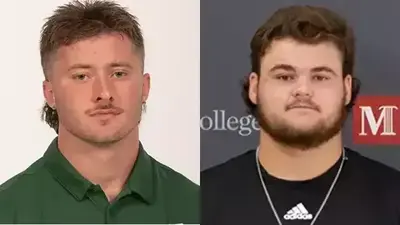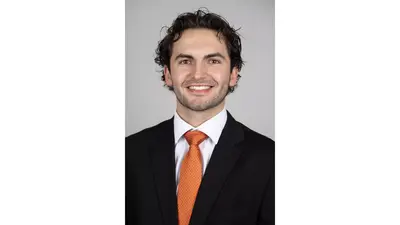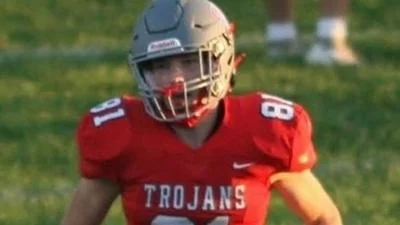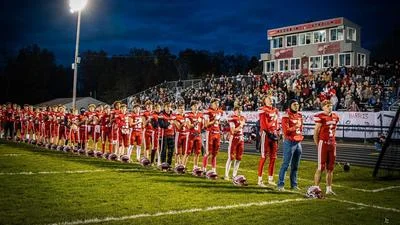Let’s talk sports autographs.
The first autographs I collected were of Yankee players Bill “Moose” Skowron and Johnny Kucks, whom I saw at a restaurant when I was seven. It was hero worship.
Because I moved into sports journalism, and we are told NOT to ask for autographs, my meetings with Willie, Mickey and the Duke, or DiMaggio, Aaron and Koufax, and the likes of Jeter, Namath, Magic Johnson, Sugar Ray Robinson and hundreds (maybe thousands) of athletes, to such entertainers as John Wayne, Danny Kaye, Cary Grant, Farrah Fawcett-Majors, Billy Crystal, Larry King, Ray Bradbury, and to countless politicians and business leaders (Steve Wozniak of Apple, for one) to nuclear physicists (Edward Teller, "the father of the hydrogen bomb") ended with no request by me for ink on paper. As a professional, I look at these people as doing their professions as well, and though in high public esteem and view, my job demands that I consider these people as just people and not celebrities on pedestals. I have been fortunate to meet famous people from all walks of life and hundreds, maybe thousands of sports icons covering most realms of athletics. I don’t have their autographs … do YOU? If you do … lucky YOU.
Now, back in the day, autograph-collecting was innocent. It was hero worship, it was a connection to someone famous or idolized. It WAS innocent, but now, it is big business. In the day, an athlete signed for YOU and others out of kindness or dedication to his or her fans. Now, athletes and celebs sign thousands of signatures and get paid for doing it, as the receiver gets charged to for the scribble. And today, signatures must be verified.
When I was a kid, I got a letter back from Mickey Mantle, whom I had written after he had been injured, and to me, he signed it and I treasured the letter. I came to understand later that it was signed by an auto pen. As an adult, it dashed my childhood beliefs and dreams a bit. I met him later on, but never asked for a signature, because I was playing college ball then and didn’t want him to think of me as a “star-struck kid.” Now, there are signature-verifying services because autographs have become such a big business.
How big a business? Last year, some estimates put the sports memorabilia business at $5.4 billion; some studies put it to as much as $15 billion. Of this, autograph-selling is a major part of the revenue. The most popular autographed item in the sports memorabilia market involves jerseys, making up 24% of total sales. Autographed photographs hold a 23% market share. These items are followed by autographed helmets (8%), autographed baseballs (8%) and autographed footballs (5%).
George Washington’s signature on his personal copy of the Constitution, Bill of Rights and the First Congress is the highest valued autograph ever sold. It was sold at auction in 2012 for $9.8 million. Abraham Lincoln’s signature on a copy of the Emancipation Proclamation went for $3.7 million in 2010 (26 copies are known to survive). Queen Elizabeth goes for $2,500 and Prince Willam goes for $4,000 and Diana, Princess of Wales, is remembered at $12,000 a signature. John F. Kennedy’s last-known autograph will cost you $40,000. Paul McCartney might cost you $400, but the Rolling Stones are worth $10,000 and all four Beatles could set you back $40,000. Historically, Jesse James is worth $50,000 and it doesn’t take a genius to understand why Albert Einstein’s autograph is worth $75,000. Shakespeare has gone as high as $5 million.
In sports, Tiger Woods could cost you $3,000, and a baseball signed by both Joe DiMaggio and Marilyn Monroe fetched $191,200 at auction in 2006. A perfectly preserved baseball signed by Babe Ruth sold at auction in 2012 for $388,375 and one of his jerseys went for $5.64 million. Diego Maradona’s game-worn World Cup jersey went for $8.93 million in May. Wayne Gretzky’s last game-worn jersey for the Edmonton Oilers sold at auction on June 6 for $1.45 million.
Autographs on baseballs are popular and some autographs on horsehide can go as high – depending on condition, quality and circumstance – as: Hank Aaron - $250; Grover Alexander - $17,500; Ernie Banks - $75; “Cool Papa” Bell - $500; Yogi Berra - $75; Ty Cobb - $30,000; Joe DiMaggio - $300 and brother Vince DiMaggio - $700 (really); Lou Gehrig - $65,000; Bob Gibson - $65; Josh Gibson - $50,000; Hank Greenberg - $1,500; Bo Jackson and Reggie Jackson each $75; Mickey Mantle - $500; Roger Maris - $2,500; Willie Mays - $150; Satchell Paige - $1,000, Albert Pujols - $250; Jackie Robinson - $25,000; Babe Ruth - $50,000; Mike Trout - up to $500 and Bob Uecker - $40.
At the ballpark, you can still get today’s players for free … for you to cherish, save or flip for profit. But, that’s the most innocent fun … talking with your hero at the ballpark and getting his or her signature. Isn’t it?
What about you? Who was your first autograph? Do you keep them tucked away or display them? Do you pay for play and keep them for yourself, or do you profit from them? Let me know at mike@kvsun.com
See you next time.

